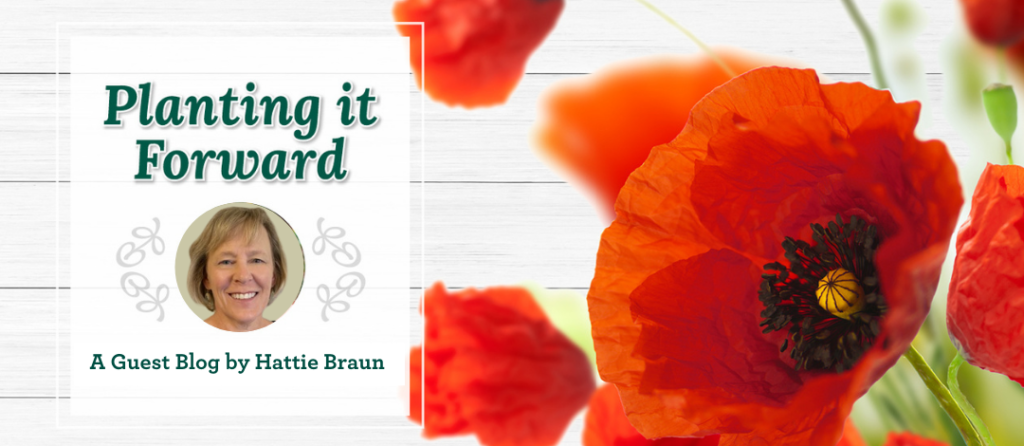
I gave a talk at Warner’s Root Camp recently on Deer and Javelina Resistant Gardening. I thought by putting this talk together, I would have a lot more answers on what to do. We get many calls at the extension office on what do about wildlife damage in the garden. I figured all I had to do was some research.
How hard can this talk be?
Building Fences
I quickly learned that aside form a sturdy fence, there aren’t many easy solutions for either deer or javelina control. In fact, for most wildlife problems in the garden, the key to control is prevention, and exclusion is the best remedy.
But exclusion isn’t always that easy. Your HOA may not allow fences. Or the cost may be too expensive. So, before you throw up your hands and give up, let’s visit the four habitat elements that wildlife require: food, water, shelter, and space. Modifying these elements can be used to discourage unwanted visitors.
Food is a main attractant to many gardens. A colorful tulip bed is like a dessert table for both deer and javelina. And if food resources are scarce, almost any plant will do. There are some plants that both critters avoid, especially when dry conditions haven’t driven animals to eat almost anything. Butterfly bush, oaks, skunk bush and other sumacs, daffodils and daylilies are good examples.
Javelina are opportunistic eaters, and their diet can change with the availability of food. They nibble on many plants or dig up plants that they don’t actually eat. They are especially fond of prickly pear cactus, and are known to seek out flowers and fruit. One Master Gardener lost spaghetti squash to a squadron of javelina. Vegetable plants that they seem to avoid are chili pepper, cucumber, and eggplant, and most herbs. Since javelina have a keen sense of smell, maybe strong odors can keep them away.
There are no guarantees on what javelina won’t eat, so the best strategy is to put up sturdy fencing that is a minimum of two to three feet tall. At my house recently, a javelina opted for cat food as a meal avoiding all the native plants in my front yard. (Feeding wildlife though is never a good practice.)
More Options Available for Deer
There are more options when considering how to prevent damage by deer. Again, you can think about what plants deer love and what they avoid. Favorites include roses and fruit trees. They often avoid smelly plants, particularly herbs such as lavender, sage, thyme, oregano, and rosemary. Plants that have fuzzy leaves like lamb’s ear and fern-like leaves like yarrow are not preferred choices.
In combination with growing less palatable plants, repellants such as capsicum pepper, garlic and coyote urine sprayed on plants can reduce the amount of damage. These all work to some degree but varying them often makes them more effective. Frightening with outdoor lighting or noise may seem like a good idea but many animals quickly learn to ignore these methods – and it can really annoy your neighbors. Motion sensors can work but I know a group of gardeners that got sprayed by oscillating sprinklers when they accidently tripped the sensor while visiting a garden.
As with javelina, the only sure way to control deer damage is to erect study fencing ideally at least eight feet tall. Colorado State University has a great publication on preventing deer damage.
Hattie Braun is the County Director of the University of Arizona Cooperative Extension in Coconino County, and coordinator of the Master Gardener Program.